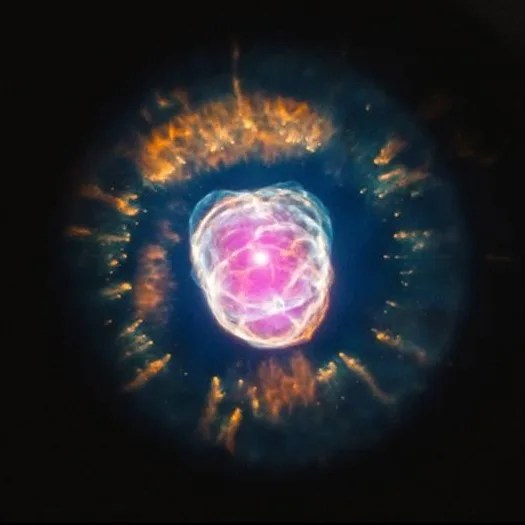Messier 59
This giant elliptical galaxy holds approximately 2,200 globular clusters.
Distance
60 million light-years
Apparent Magnitude
9.8
constellation
Virgo
object type
Elliptical Galaxy
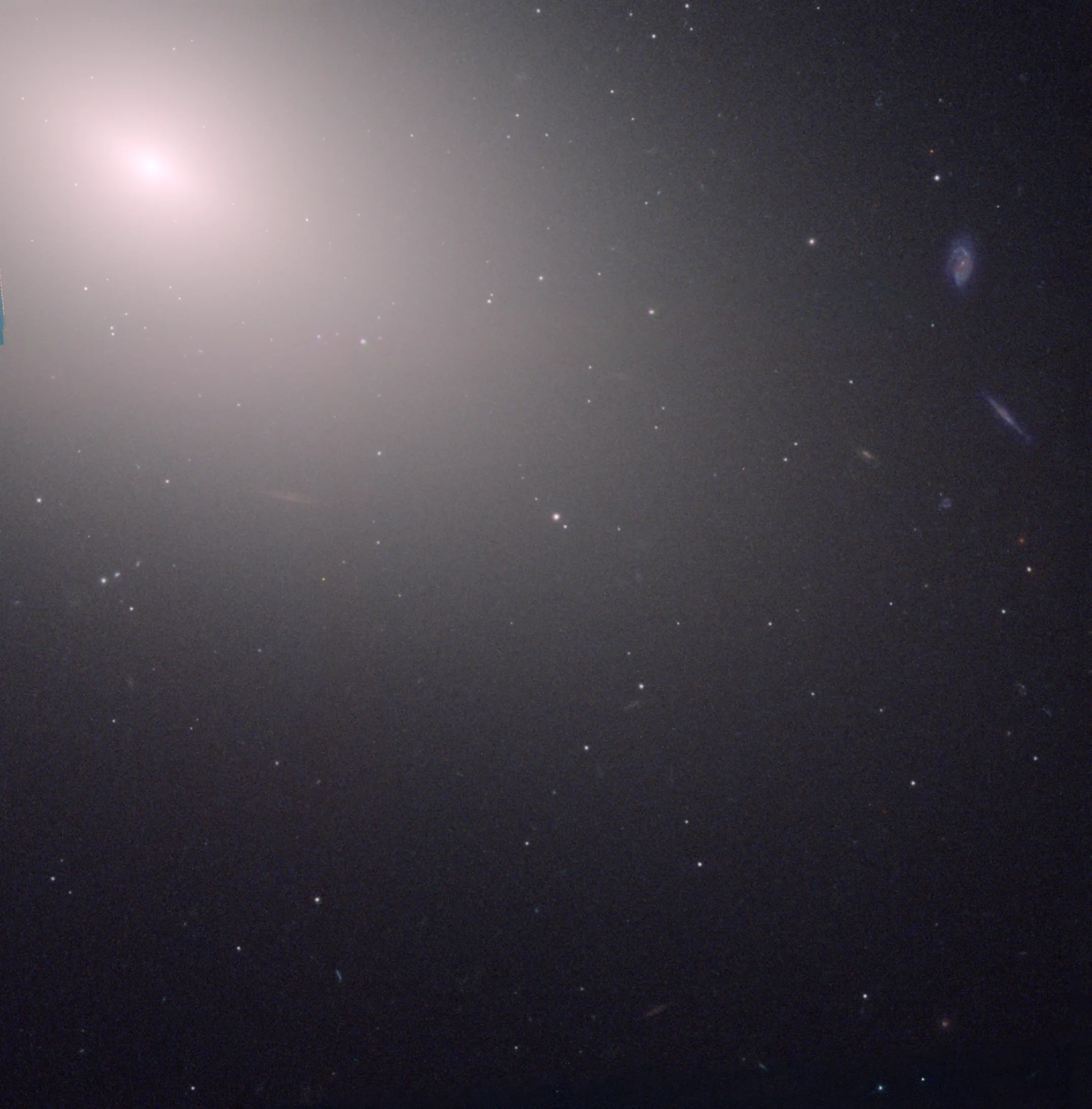
M59 is one of the largest elliptical galaxies in the Virgo galaxy cluster. However, it is still considerably less massive, and at a magnitude of 9.8, less luminous than other elliptical galaxies in the cluster.
A supermassive black hole around 270 million times as massive as the Sun resides at the center of M59. The galaxy also has an inner disk of stars and around 2,200 globular clusters, an exceptionally high number of such clusters. The central region of the galaxy, the inner 200 light-years, rotates in the opposite direction than the rest of the galaxy and is the smallest region in a galaxy known to exhibit this behavior.
Approximately 60 million light-years from Earth, M59 can be found near M58 and M60 in the constellation Virgo. It is best seen in May. Small telescopes might reveal an ellipsoidal shape with a bright center, but even larger scopes do not reveal much detail.
German astronomer Johann Gottfried Koehler discovered M59 and the nearby galaxy M60 in the spring of 1779 when observing the comet of that year (Comet Bode). While observing that same comet, Charles Messier observed and added M59, M60 and the neighboring M58 to his catalog.
Both Hubble’s Advanced Camera for Surveys and Wide Field and Planetary Camera 2 contributed to this view, producing a multi-wavelength image in ultraviolet, near-infrared and visible light. About half of M59 can be seen in this image, as well as some of the galaxy’s globular clusters (appearing as bright points of light). Several background galaxies also make an appearance. Hubble took these observations to study early-type galaxies, which are often elliptical galaxies found near the centers of galaxy clusters. By looking at these galaxies with Hubble, astronomers can determine the galaxies’ structure and study the history of galaxy and cluster formation.
For more information about Hubble's observations of M59, see:
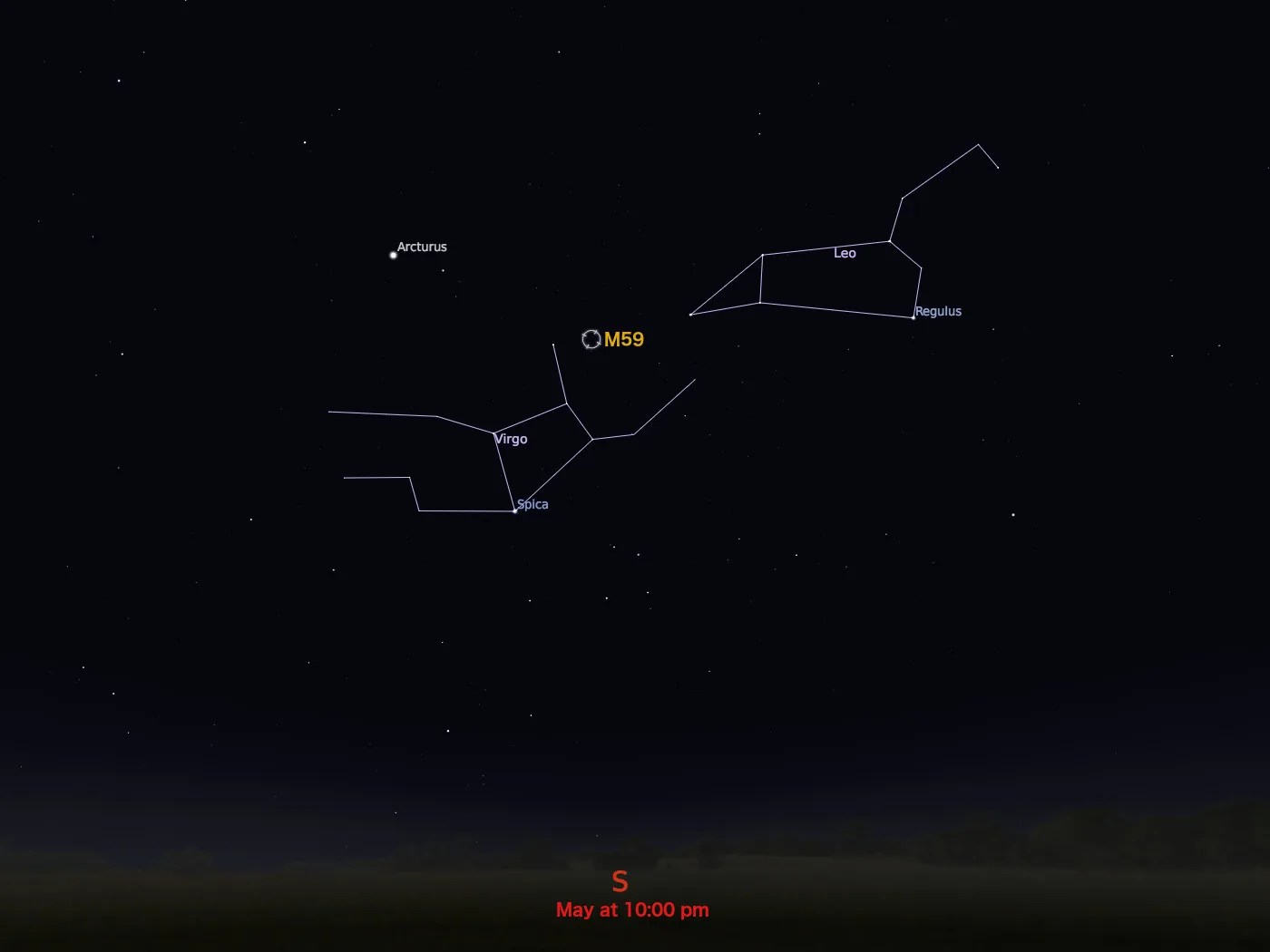
Explore Hubble's Messier Catalog
The following pages contain some of Hubble’s best images of Messier objects.

Messier 1 (The Crab Nebula)
Better known as the Crab Nebula, Charles Messier originally mistook Messier 1 for Halley’s Comet, which inspired him to create…
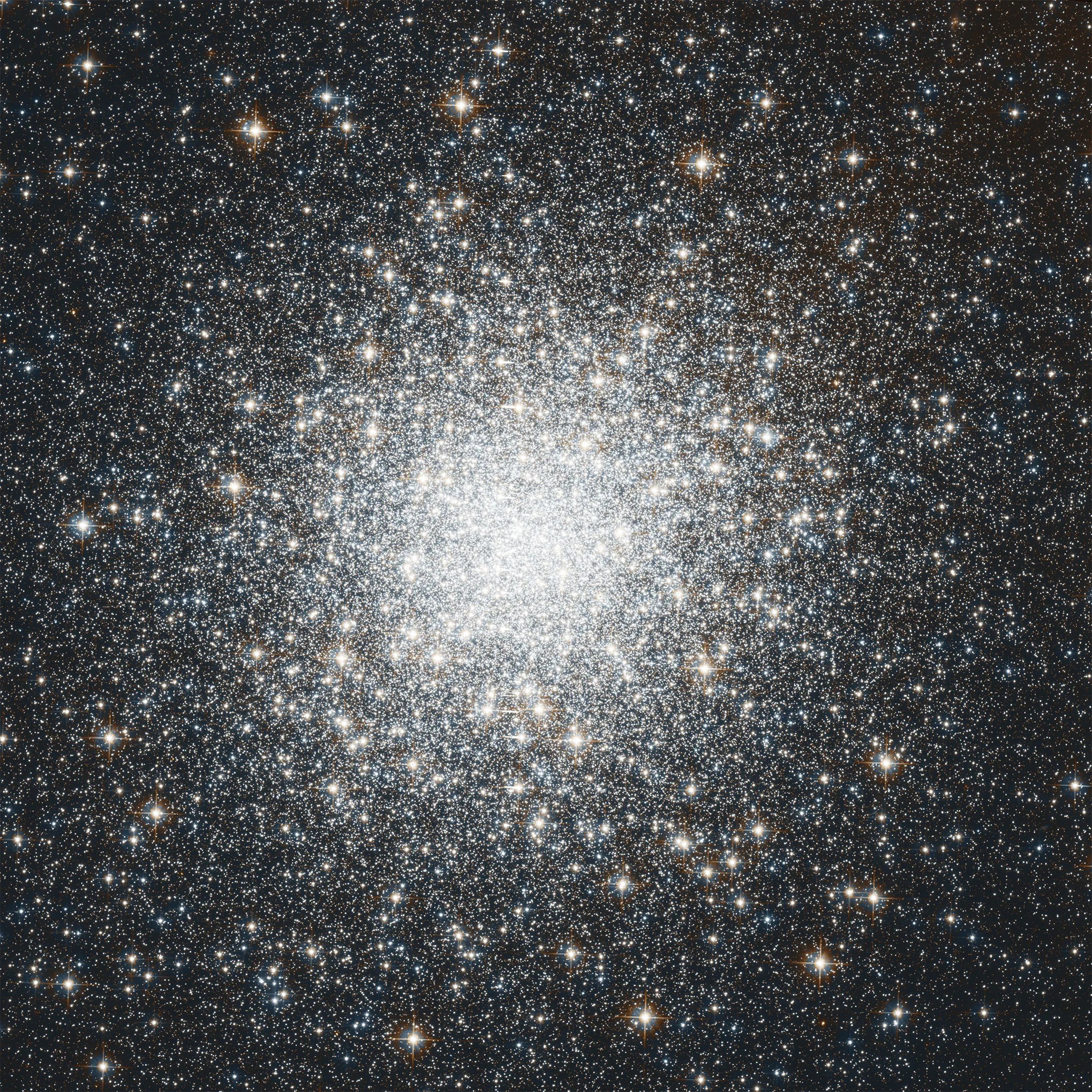
Messier 2
Hubble's image of Messier 2 is comprised of visible and infrared wavelengths of light.
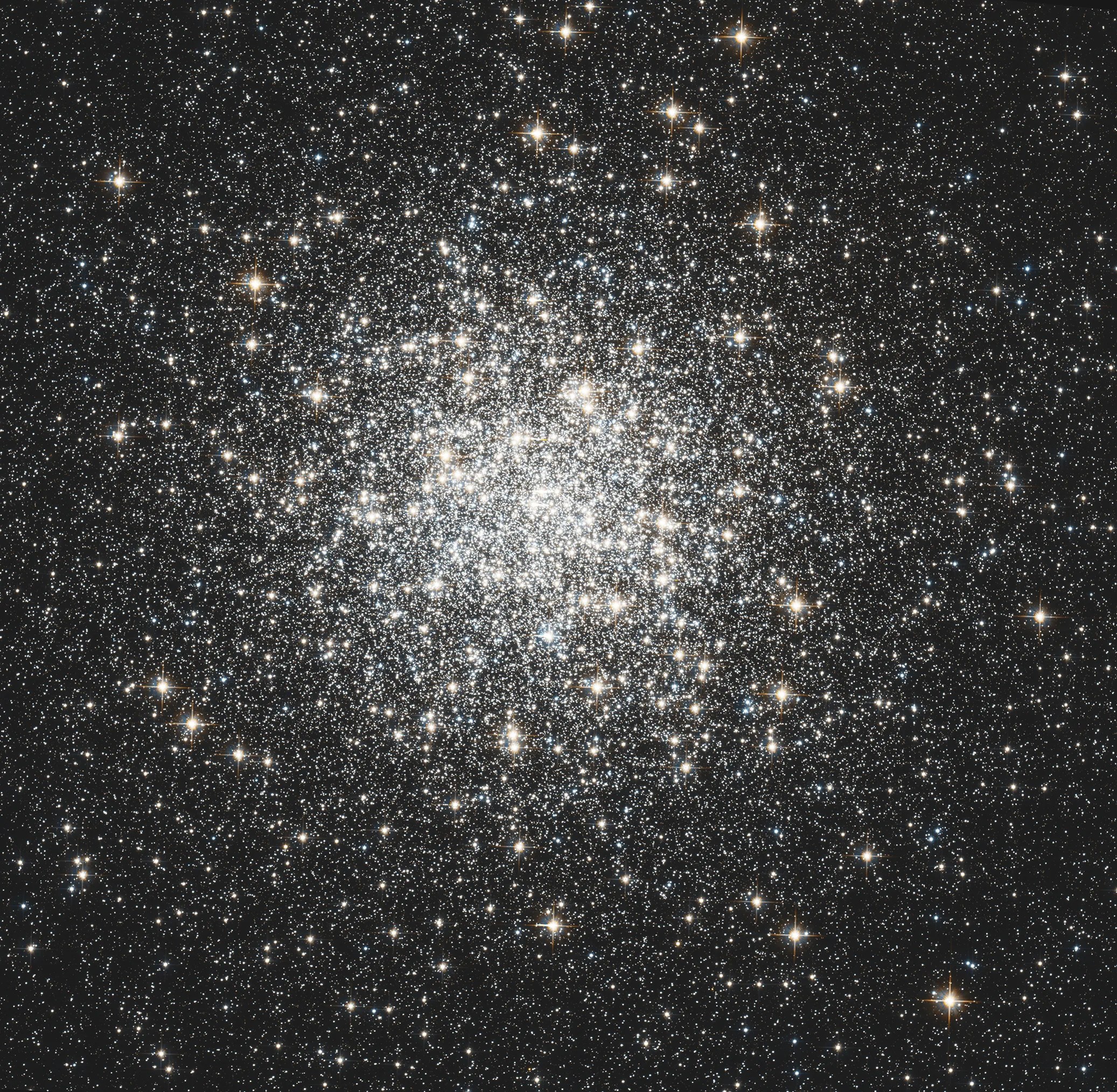
Messier 3
Messier 3 holds more than 500,000 stars.




